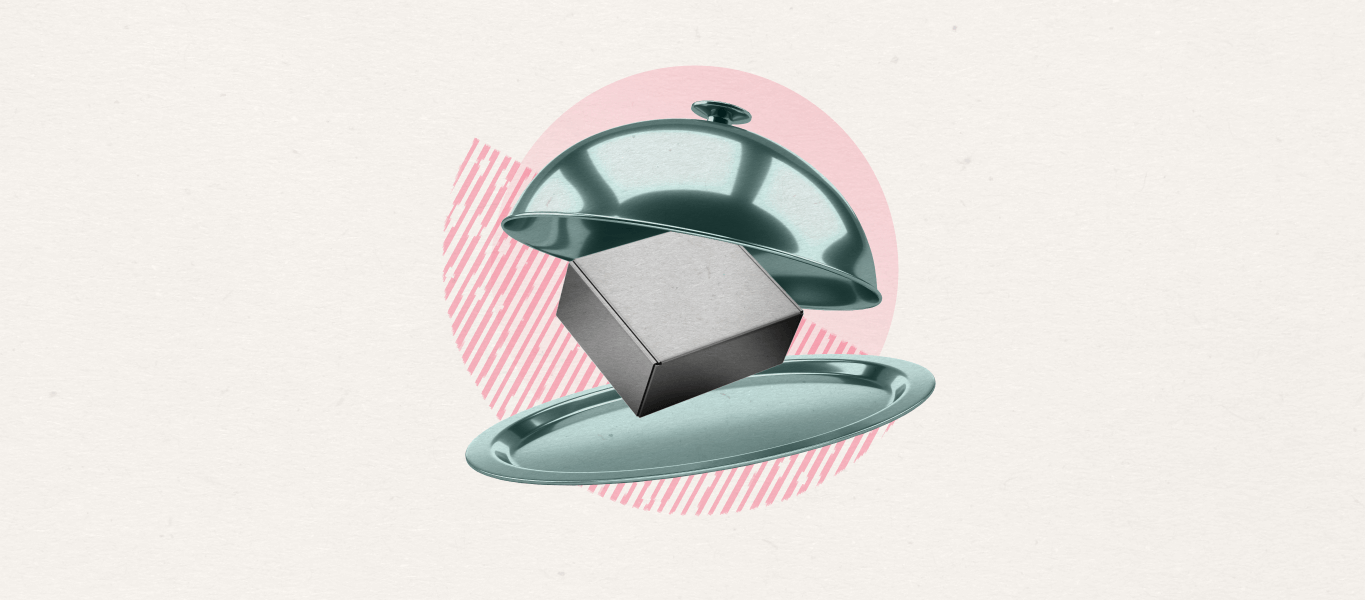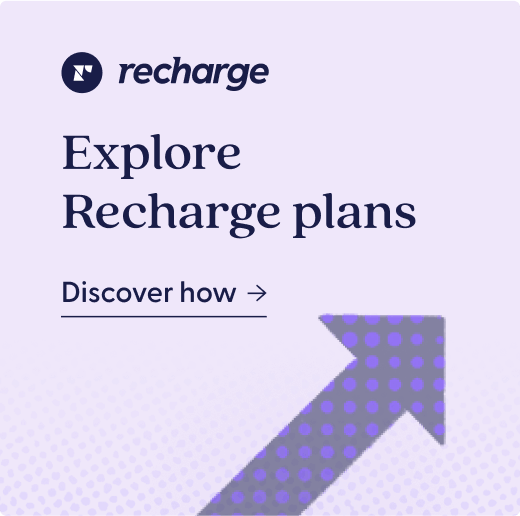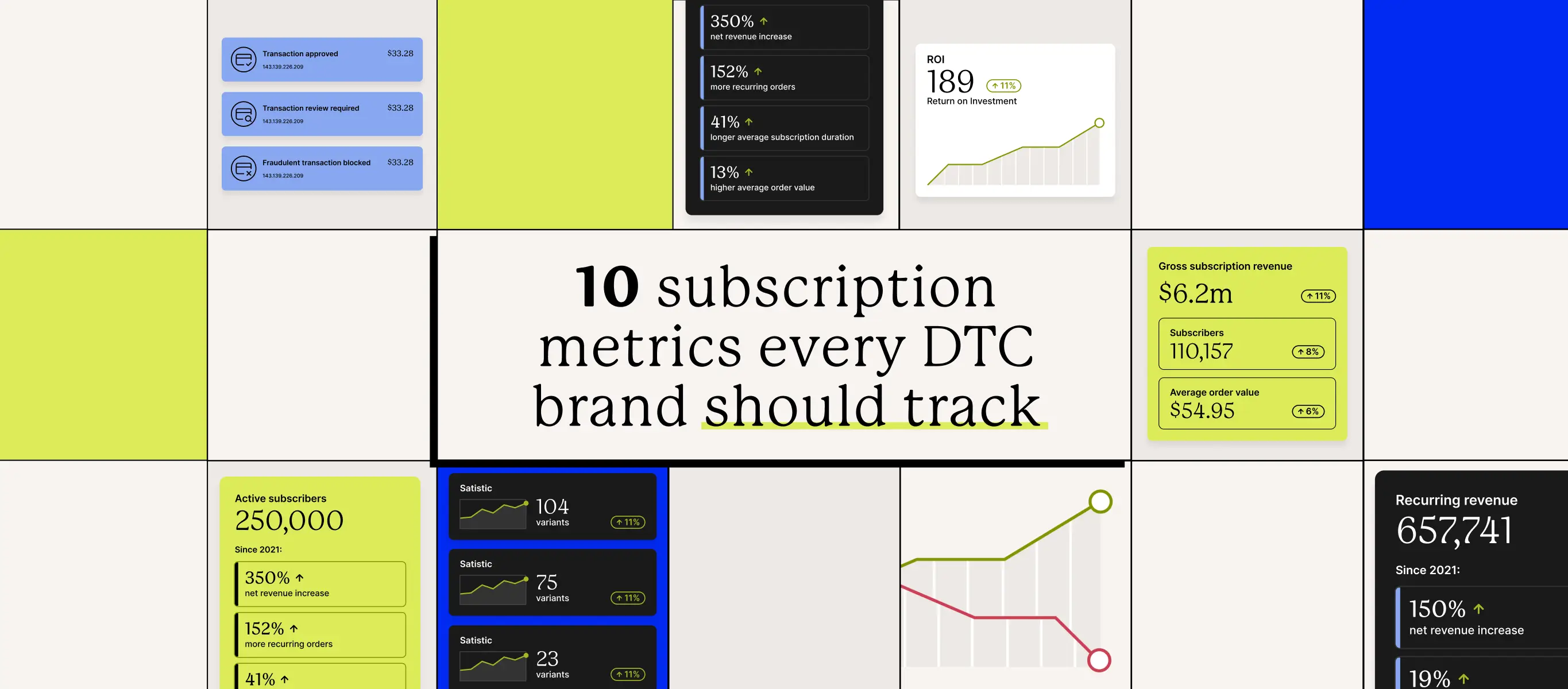Most of us are familiar with subscriptions in some way. Maybe you get your favorite coffee delivered monthly or a box of new beauty products to try. More and more, consumers are turning to subscriptions to automate and simplify more aspects of daily life. And, with three different models, subscriptions can really work for any business. So far, we’ve covered the ins and outs of replenishment and curation subscriptions.
Today, let’s take a look at access subscriptions.
What’s an access subscription?
While curation and replenishment subscriptions are for physical products, access subscriptions extend into services and the digital realm. Do you subscribe to any streaming services? Netflix, Hulu, and Spotify are all access subscriptions since customers pay for access to content. With a monthly payment, subscribers can get access to different tiers for viewing and enjoying content. Access subscriptions can also grant customers access to services. For example, Amazon Prime offers free shipping for their members and Dash Pass with DoorDash gives subscribers free delivery.
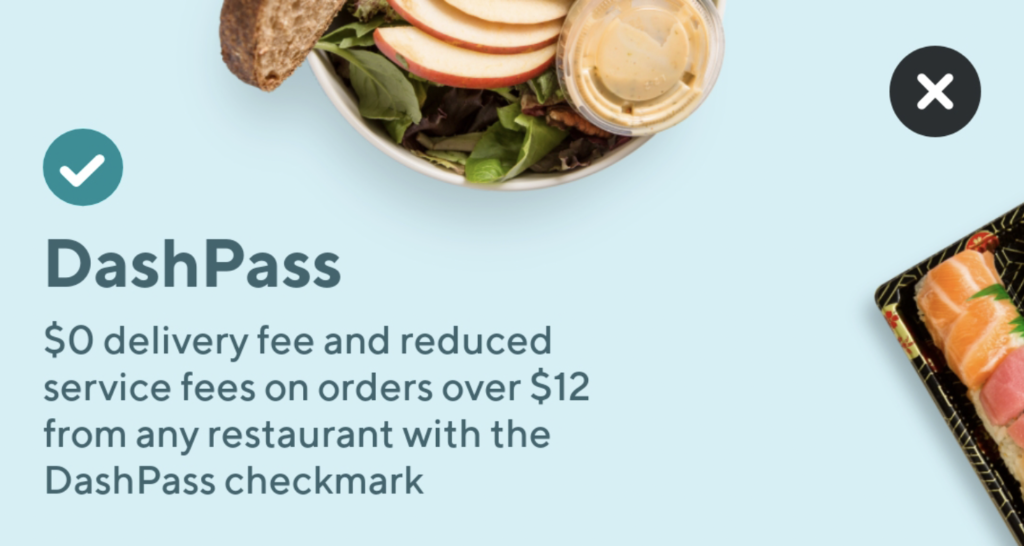
Why are access subscriptions so popular?
Access is the fastest-growing subscription model, comprising 13% of the market. Access subscriptions are so popular for a few reasons. Largely, because of the massive demand for content. More than ever before, people are streaming shows, listening to music, reading articles, and looking to learn. In addition to entertainment, many also have access subscriptions for educational or self-improvement content. For example, Gear offers a membership with unlimited live training and home workouts. More people are also taking courses online, and finding ways to build their skills and knowledge by subscribing to educational apps like Duolingo. An access subscription model is often used to offer membership and content, but can be used to offer subscribers a variety of benefits.
Benefits of access subscriptions
Enhance the physical product
Access subscriptions can elevate your product and keep your business top of mind. For connected hardware, an access subscription gives your customers more ways to effectively use your product. For example, Crossrope sells fitness products—jump ropes, handles, mats—and a premium subscription.
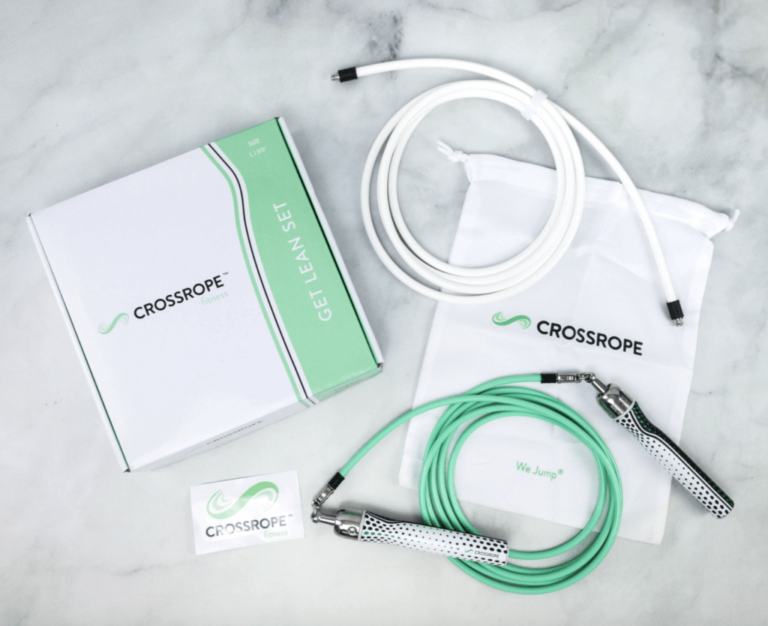
With Crossrope Premium, customers get access to an app with a library of workouts, fitness programs, and a way to track progress. Having this extra support through content means customers are more likely to keep using their product and get the most out of it.
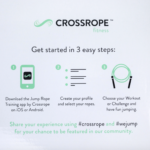
Lowers the barrier to entry
These subscriptions usually grant access to a lot of content. If businesses were to price the value for the total library, a one-time purchase would likely be in the hundreds. With such a high price point, it would be an unlikely investment for many. However, an access subscription means payments can be staggered over time, so customers can get access for a set period of time at a lower cost. With prices in a more reasonable range, you lower the barrier for entry and get more people in the door.
Drive customer engagement
With an access subscription, your customers are consistently engaging with your content, benefitting from your service, or using your product. Access subscriptions create opportunity for you to continue bringing value to your customers. Whether it’s through meaningful resources, guides, or suggestions for how to best use your product, an access subscription strengthens the relationship with your customer.
Success strategies for your business
If you’re ready to bring access subscriptions to your business, here are a few tips to keep in mind as you implement.
Offer a trial period
Give your customers a sneak preview of what’s in store if they sign up. For a predetermined period of time—say a week or a month—let your potential customer enjoy the experience of a subscription without any long-term commitment. This gives them a sample of your service with the freedom to leave if it’s not for them. And, once they’ve had a chance to see your offerings, they’re more likely to want to stay.
Make cancelling flexible
Sometimes people take a break from consuming content and therefore want to eliminate that recurring cost. If someone is looking to cancel, consider offering them an alternative, like a free month if they choose to stay. However, if someone just wants to end their subscription, make the process seamless and quick. Nobody wants to feel like they’re being forced into buying something they don’t want. While it may sound counterintuitive, this actually helps build brand loyalty and life-time value—people are more likely to return to flexible brands.
Stay on top of content and services
Since your customers are likely paying for content or a service, make sure you’re delivering them the best of the best. While brands should always be diligent about maintaining product quality, content and services are a little more dynamic. For example, stay on top of trends in your vertical. If there is a new topic or shift, this will become something you will want to include, or mention in your content. If you’re offering a service like free delivery, invest in making that service as straightforward and streamlined for your customers as possible. Essentially, make sure that your offerings continue to be top-notch so customers stay subscribed.
Interested in learning more about the subscription business models? Check out our Powerful & Profitable Series: The Power of Subscriptions playbook.
